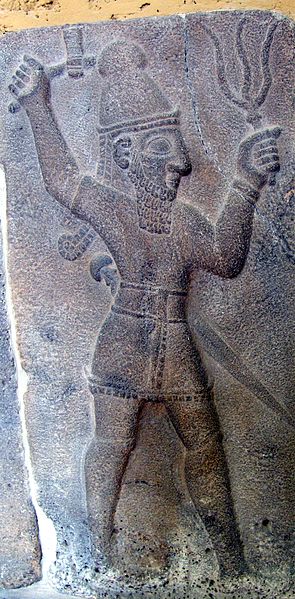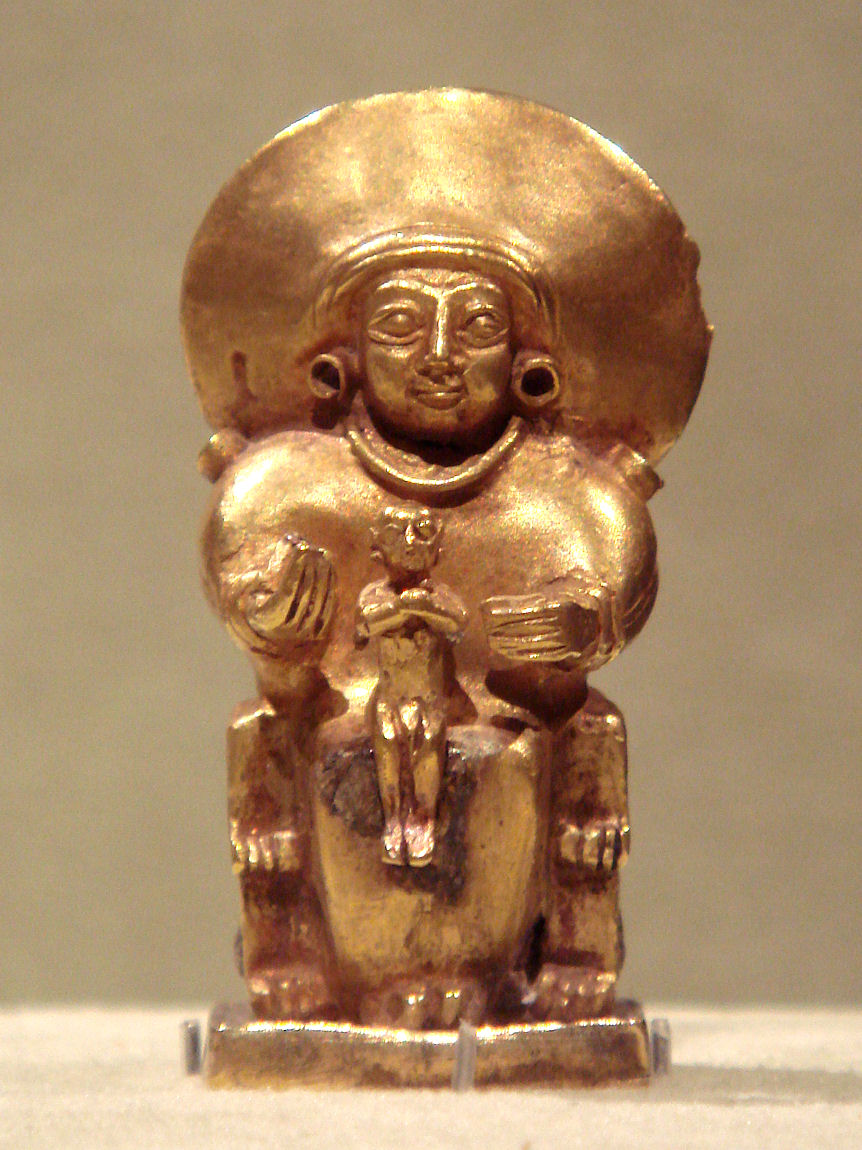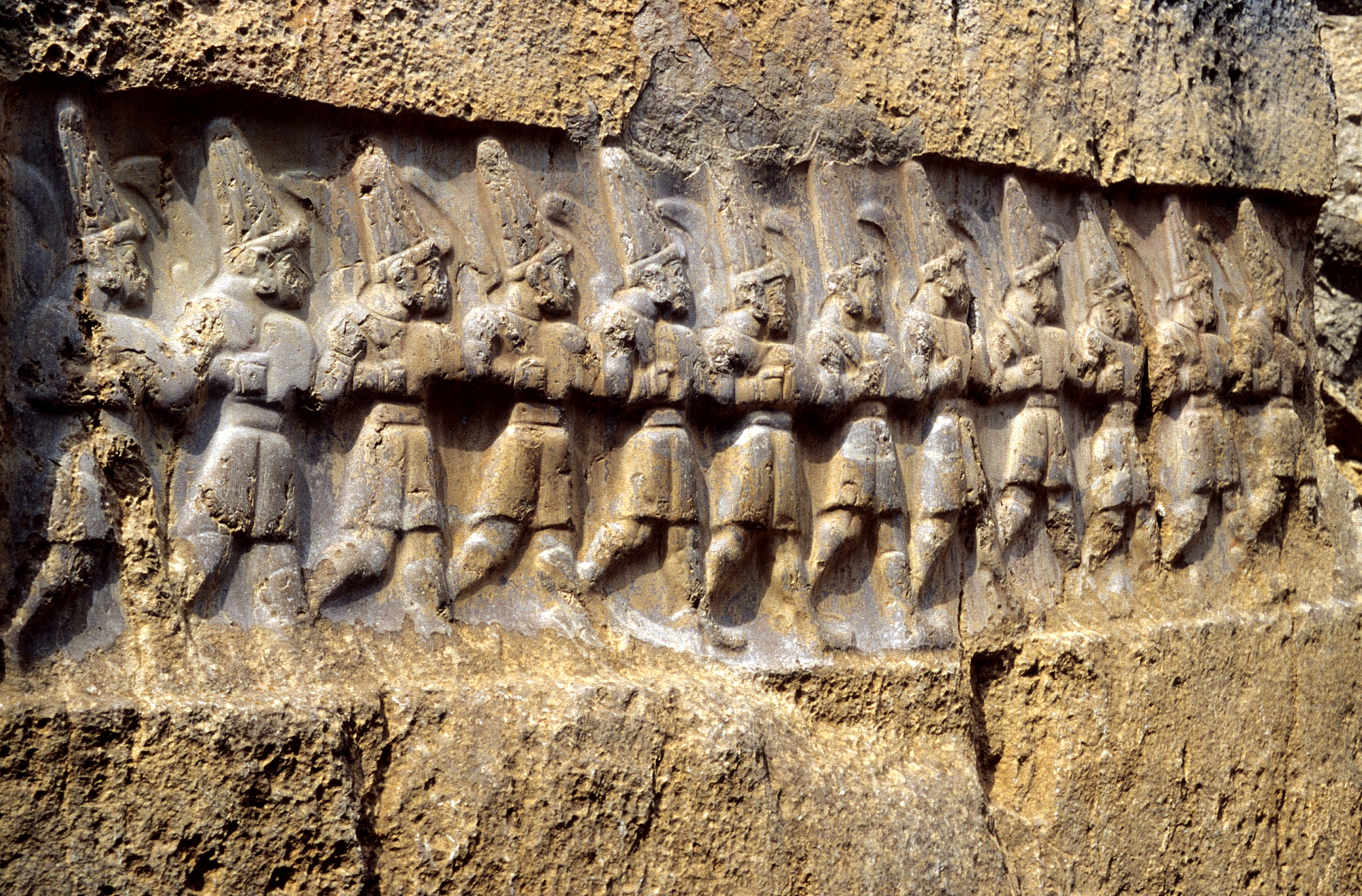|
Innara
Innara (Cuneiform: ) is a Hittite god of woods and fields. Inar is mentioned in the Hahhima-myth. There Tarhun sends Inar to look for sun god Istanu, but the ice devil Hahhima freezes Inar. Inar's tasks are similar to the tasks of the god of wild animals and hunting, Kurunta Kurunta (Cuneiform: ) was younger son of the early 13th century BC Hittite king Muwatalli II and cousin of Tudhaliya IV. Kurunta was thereby a Hittite prince and king of Tarhuntassa country. It has been suggested that he may have captured the Hi .... References Bibliography * Piotr Taracha: ''Religions of Second Millennium Anatolia''. Harrassowitz Verlag, Wiesbaden 2009, {{ISBN, 978-3-447-05885-8. Hittite deities Hittite mythology ... [...More Info...] [...Related Items...] OR: [Wikipedia] [Google] [Baidu] |
Inara (goddess)
Inara, in Hittite mythology, was the goddess of the wild animals of the steppe and daughter of the Storm-god Teshub/ Tarhunt.Christopher SirenHittite/Hurrian Mythology REF 1.2 Retrieved April 27, 2010. She corresponds to the " potnia theron" of Greek mythology, better known as Artemis. Myths After the dragon Illuyanka wins an encounter with the storm god, the latter asks Inara to give a feast, most probably the ''Purulli'' festival. Inara decides to use the feast to lure and defeat Illuyanka, who was her father's archenemy, and enlists the aid of a mortal named Hupasiyas of Zigaratta by becoming his lover. The dragon and his family gorge themselves on the fare at the feast, becoming quite drunk, which allows Hupasiyas to tie a rope around them. Inara's father can then kill Illuyanka, thereby preserving creation. Inara built a house on a cliff and gave it to Hupasiyas. She left one day with instructions that he was not to look out the window, as he might see his family. But he ... [...More Info...] [...Related Items...] OR: [Wikipedia] [Google] [Baidu] |
Kurunta (god)
Kurunta (Cuneiform: ) is the Hittite god of wild animals and hunting. Kurunta's Insignia was the deer. He became king of gods after he had thrown Tarhun down from the sky. The god rebel forces humanity against the gods and even does not care about the powerful gods. Because of the wish of gods to get sacrifices furthermore without getting them Enki and Kumarbi unite against Kurunta. With help of Nara-Napsara, the brother of A'as from the underworld, they force all animals and the mountain god Nasalma against Kurunta. After that Kurunta is killed by Tarhun and Ninurta so he accepts Tarhun's sovereignty. Kurunta takes part at the conference of gods after Telipinu's return. He is also the saving god of Carchemish. See also *Runtiya *Innara Literature * Volkert Haas Volkert may refer to: People *Edward Charles Volkert (1871–1935), American painter *Georg Volkert (1945–2020), German footballer * Stephan Volkert (born 1971), German rower *Volkert Doeksen (born 1963), Dutch mo ... [...More Info...] [...Related Items...] OR: [Wikipedia] [Google] [Baidu] |
Hittite Cuneiform
Hittite cuneiform is the implementation of cuneiform script used in writing the Hittite language. The surviving corpus of Hittite texts is preserved in cuneiform on clay tablets dating to the 2nd millennium BC (roughly spanning the 17th to 12th centuries BC). Hittite orthography was directly adapted from Old Babylonian cuneiform. What is presented below is Old Akkadian cuneiform, so most of the characters shown here are not, in fact, those used in Hittite texts. For examples of actual Hittite cuneiform, see The Hittite Grammar Homepage or other similarly reputable sources. The ''Hethitisches Zeichenlexikon'' ("Hittite Sign List" commonly referred to as ''HZL'') of Rüster and Neu lists 375 cuneiform signs used in Hittite documents (11 of them only appearing in Hurrian and Hattic glosses), compared to some 600 signs in use in Old Assyrian. About half of the signs have syllabic values, the remaining are used as ideograms or logograms to represent the entire word—much as the char ... [...More Info...] [...Related Items...] OR: [Wikipedia] [Google] [Baidu] |
Hittite Mythology
Hittite mythology and Hittite religion were the religious beliefs and practices of the Hittites, who created an empire centered in what is now Turkey from . Most of the narratives embodying Hittite mythology are lost, and the elements that would give a balanced view of Hittite religion are lacking among the tablets recovered at the Hittite capital Hattusa and other Hittite sites. Thus, "there are no canonical scriptures, no theological disquisitions or discourses, no aids to private devotion". Some religious documents formed part of the corpus with which young scribes were trained, and have survived, most of them dating from the last several decades before the final burning of the sites. The scribes in the royal administration, some of whose archives survive, were a bureaucracy, organizing and maintaining royal responsibilities in areas that would be considered part of religion today: temple organization, cultic administration, reports of diviners, make up the main body of sur ... [...More Info...] [...Related Items...] OR: [Wikipedia] [Google] [Baidu] |
Teshub
Teshub (also written Teshup, Teššup, or Tešup; cuneiform ; hieroglyphic Luwian , read as ''Tarhunzas'';Annick Payne (2014), ''Hieroglyphic Luwian: An Introduction with Original Texts'', 3rd revised edition, Wiesbaden: Harrassowitz Verlag, p. 159. Ugaritic 𐎚𐎘𐎁, ''TṮB'') was the Hurrian god of sky, thunder, and storms. Taru was the name of a similar Hattic storm god, whose mythology and worship as a primary deity continued and evolved through descendant Luwian and Hittite cultures. In these two, Taru was known as ''Tarhun / Tarhunt- / Tarhuwant- / Tarhunta'', names derived from the Anatolian root ''*tarh'' "to defeat, conquer". Taru/Tarhun/Tarhunt was ultimately assimilated into and identified with the Hurrian Teshub around the time of the religious reforms of Muwatalli II, ruler of the Hittite New Kingdom in the early 13th century BCE. [...More Info...] [...Related Items...] OR: [Wikipedia] [Google] [Baidu] |
Sun God
A solar deity or sun deity is a deity who represents the Sun, or an aspect of it. Such deities are usually associated with power and strength. Solar deities and Sun worship can be found throughout most of recorded history in various forms. The Sun is sometimes referred to by its Latin name ''Sol'' or by its Greek name ''Helios''. The English word ''sun'' derives from Proto-Germanic *''sunnǭ''. Overview Predynasty Egyptian beliefs attribute Atum as the Sun god and Horus as god of the sky and Sun. As the Old Kingdom theocracy gained influence, early beliefs were incorporated into the expanding popularity of Ra and the Osiris-Horus mythology. Atum became Ra-Atum, the rays of the setting Sun. Osiris became the divine heir to Atum's power on Earth and passed his divine authority to his son, Horus. Other early Egyptian myths imply that the Sun is incorporated with the lioness Sekhmet at night and is reflected in her eyes; or that the Sun is found within the cow Hathor during th ... [...More Info...] [...Related Items...] OR: [Wikipedia] [Google] [Baidu] |
Istanu
The Sun goddess of Arinna, also sometimes identified as Arinniti or as Wuru(n)šemu, is the chief goddess and companion of the weather god Tarḫunna in Hittite mythology. She protected the Hittite kingdom and was called the "Queen of all lands." Her cult centre was the sacred city of Arinna. In addition to the Sun goddess of Arinna, the Hittites also worshipped the Sun goddess of the Earth and the Sun god of Heaven, while the Luwians originally worshipped the old Proto-Indo-European Sun god Tiwaz. It appears that in the northern cultural sphere of the early Hittites, there was no male solar deity. Distinguishing the various solar deities in the texts is difficult since most are simply written with the Sumerogram dUTU (Solar deity). As a result, the interpretation of the solar deities remains a subject of debate. Family and myths The Sun goddess of Arinna and the weather god Tarḫunna formed a pair and together they occupied the highest position in the Hittite state's pant ... [...More Info...] [...Related Items...] OR: [Wikipedia] [Google] [Baidu] |
Hittite Deities
Hittite mythology and Hittite religion were the religious beliefs and practices of the Hittites, who created an empire centered in what is now Turkey from . Most of the narratives embodying Hittite mythology are lost, and the elements that would give a balanced view of Hittite religion are lacking among the tablets recovered at the Hittite capital Hattusa and other Hittite sites. Thus, "there are no canonical scriptures, no theological disquisitions or discourses, no aids to private devotion". Some religious documents formed part of the corpus with which young scribes were trained, and have survived, most of them dating from the last several decades before the final burning of the sites. The scribes in the royal administration, some of whose archives survive, were a bureaucracy, organizing and maintaining royal responsibilities in areas that would be considered part of religion today: temple organization, cultic administration, reports of diviners, make up the main body of sur ... [...More Info...] [...Related Items...] OR: [Wikipedia] [Google] [Baidu] |




